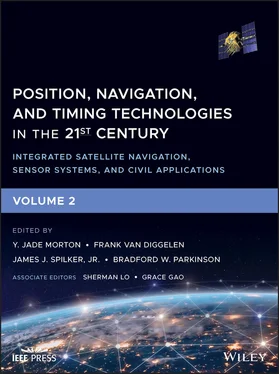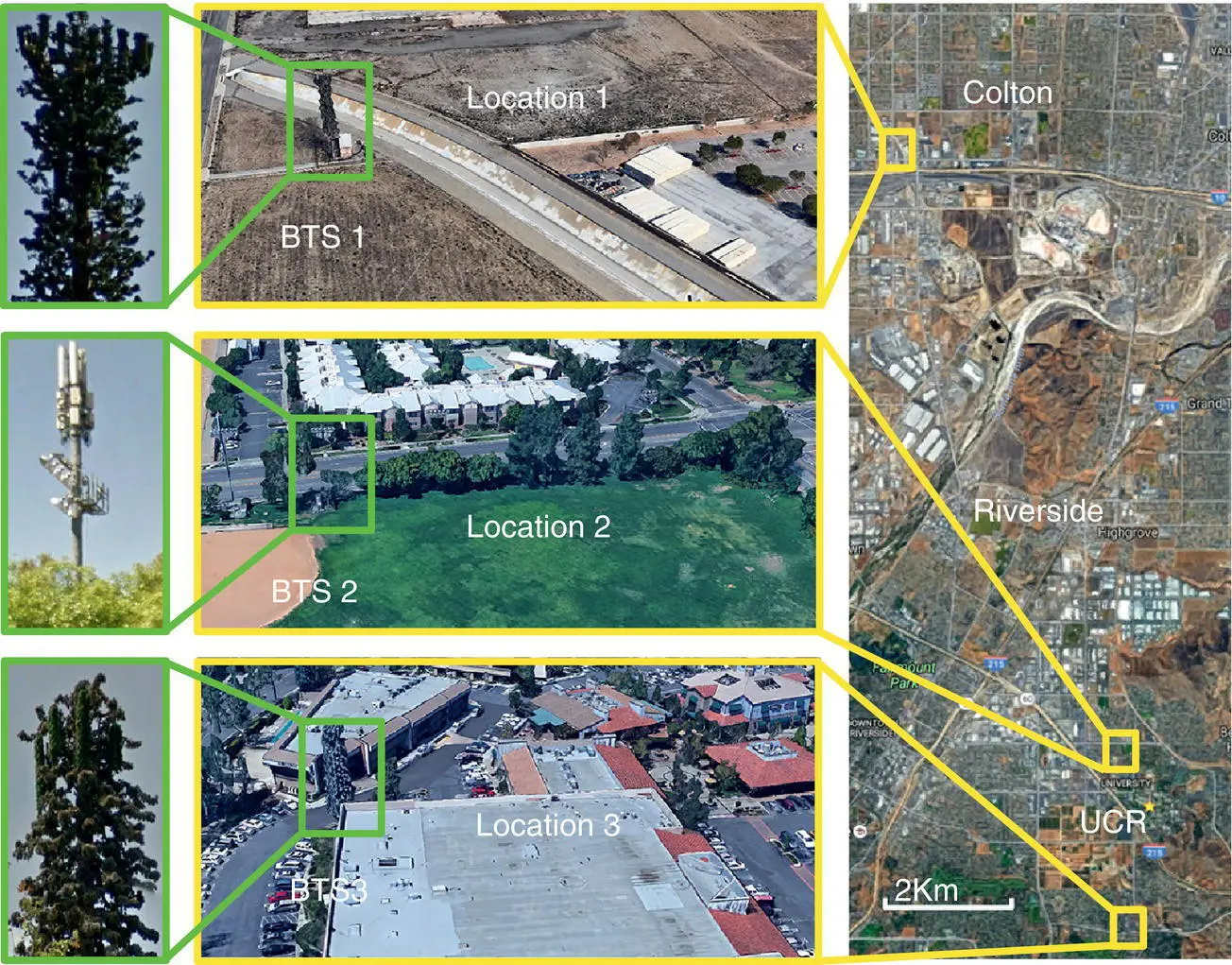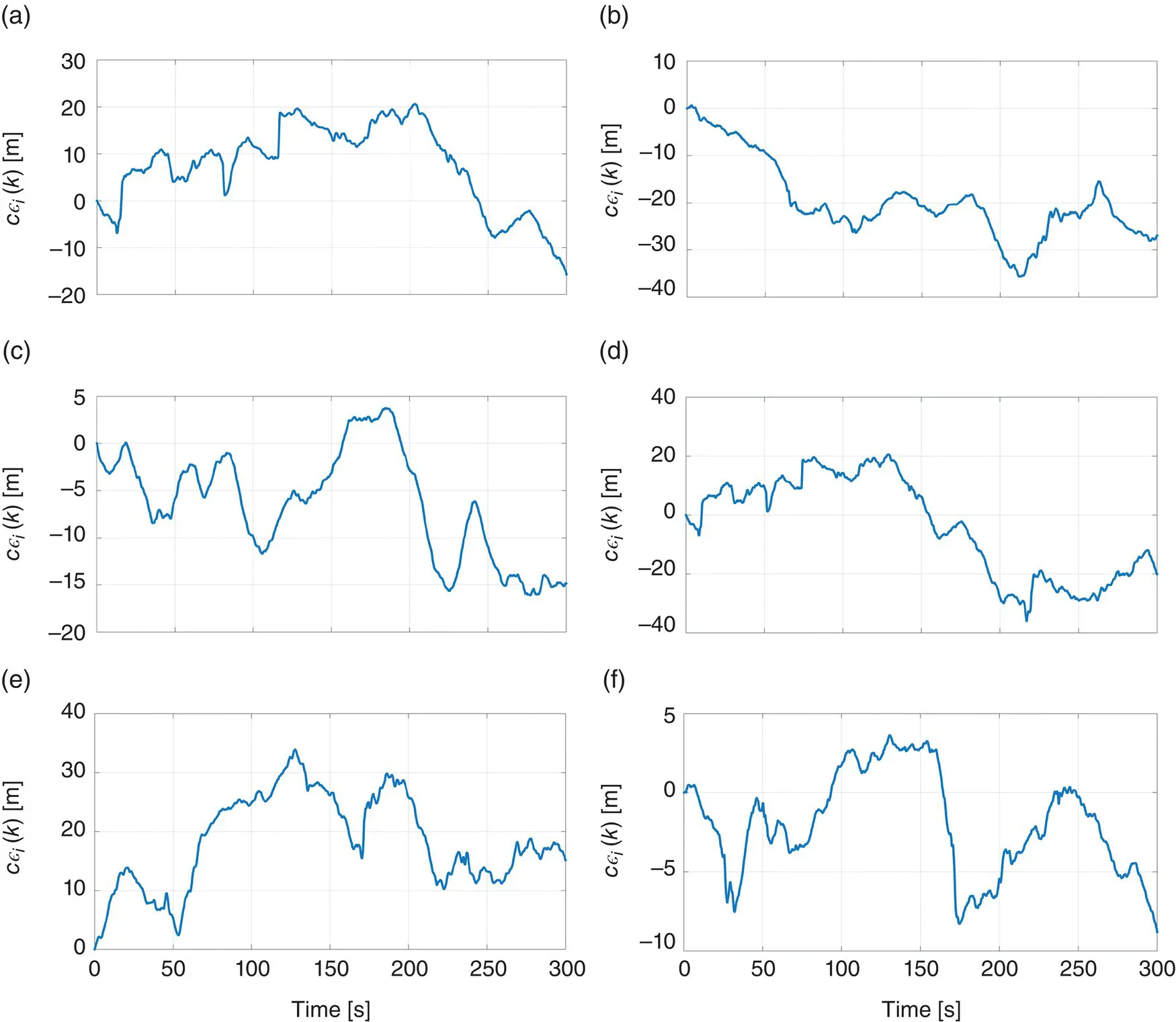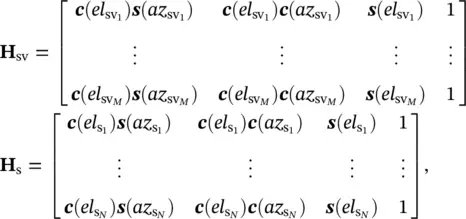Position, Navigation, and Timing Technologies in the 21st Century
Здесь есть возможность читать онлайн «Position, Navigation, and Timing Technologies in the 21st Century» — ознакомительный отрывок электронной книги совершенно бесплатно, а после прочтения отрывка купить полную версию. В некоторых случаях можно слушать аудио, скачать через торрент в формате fb2 и присутствует краткое содержание. Жанр: unrecognised, на английском языке. Описание произведения, (предисловие) а так же отзывы посетителей доступны на портале библиотеки ЛибКат.
- Название:Position, Navigation, and Timing Technologies in the 21st Century
- Автор:
- Жанр:
- Год:неизвестен
- ISBN:нет данных
- Рейтинг книги:5 / 5. Голосов: 1
-
Избранное:Добавить в избранное
- Отзывы:
-
Ваша оценка:
Position, Navigation, and Timing Technologies in the 21st Century: краткое содержание, описание и аннотация
Предлагаем к чтению аннотацию, описание, краткое содержание или предисловие (зависит от того, что написал сам автор книги «Position, Navigation, and Timing Technologies in the 21st Century»). Если вы не нашли необходимую информацию о книге — напишите в комментариях, мы постараемся отыскать её.
Volume 1 of
contains three parts and focuses on the satellite navigation systems, technologies, and engineering and scientific applications. It starts with a historical perspective of GPS development and other related PNT development. Current global and regional navigation satellite systems (GNSS and RNSS), their inter-operability, signal quality monitoring, satellite orbit and time synchronization, and ground- and satellite-based augmentation systems are examined. Recent progresses in satellite navigation receiver technologies and challenges for operations in multipath-rich urban environment, in handling spoofing and interference, and in ensuring PNT integrity are addressed. A section on satellite navigation for engineering and scientific applications finishes off the volume.
Volume 2 of
consists of three parts and addresses PNT using alternative signals and sensors and integrated PNT technologies for consumer and commercial applications. It looks at PNT using various radio signals-of-opportunity, atomic clock, optical, laser, magnetic field, celestial, MEMS and inertial sensors, as well as the concept of navigation from Low-Earth Orbiting (LEO) satellites. GNSS-INS integration, neuroscience of navigation, and animal navigation are also covered. The volume finishes off with a collection of work on contemporary PNT applications such as survey and mobile mapping, precision agriculture, wearable systems, automated driving, train control, commercial unmanned aircraft systems, aviation, and navigation in the unique Arctic environment.
In addition, this text:
Serves as a complete reference and handbook for professionals and students interested in the broad range of PNT subjects Includes chapters that focus on the latest developments in GNSS and other navigation sensors, techniques, and applications Illustrates interconnecting relationships between various types of technologies in order to assure more protected, tough, and accurate PNT
will appeal to all industry professionals, researchers, and academics involved with the science, engineering, and applications of position, navigation, and timing technologies.pnt21book.com



 , where
, where  and δt rare the 3D position and clock bias of the receiver, respectively, and c is the speed of light. To simplify the discussion, assume that the measurement noise is independent and identically distributed across all channels with variance σ 2. If the measurement noise was not independent and identically distributed, the weighted DOP factors must be considered [84]. The estimator produces an estimate
and δt rare the 3D position and clock bias of the receiver, respectively, and c is the speed of light. To simplify the discussion, assume that the measurement noise is independent and identically distributed across all channels with variance σ 2. If the measurement noise was not independent and identically distributed, the weighted DOP factors must be considered [84]. The estimator produces an estimate  and an associated estimation error covariance matrix P= σ 2( H T H) −1, where His the measurement Jacobian matrix. Without loss of generality, assume an east, north, up (ENU) coordinate frame to be centered at
and an associated estimation error covariance matrix P= σ 2( H T H) −1, where His the measurement Jacobian matrix. Without loss of generality, assume an east, north, up (ENU) coordinate frame to be centered at  . Then, the Jacobian in this ENU frame can be expressed as
. Then, the Jacobian in this ENU frame can be expressed as

 and
and  are the elevation and azimuth angles, respectively, of the m ‐th GNSS SV; and
are the elevation and azimuth angles, respectively, of the m ‐th GNSS SV; and  and
and  are the elevation and azimuth angles, respectively, of the n ‐th cellular tower as observed from the receiver. Therefore, G≜ ( H T H) −1is completely determined by the receiver‐to‐SV and receiver‐to‐BTS geometry. The diagonal elements of G, denoted g ii, are the DOP factors: geometric DOP (GDOP), horizontal DOP (HDOP), and vertical DOP (VDOP)
are the elevation and azimuth angles, respectively, of the n ‐th cellular tower as observed from the receiver. Therefore, G≜ ( H T H) −1is completely determined by the receiver‐to‐SV and receiver‐to‐BTS geometry. The diagonal elements of G, denoted g ii, are the DOP factors: geometric DOP (GDOP), horizontal DOP (HDOP), and vertical DOP (VDOP)
 . For aerial vehicles, cellular BTSs can reside at elevation angle as low as
. For aerial vehicles, cellular BTSs can reside at elevation angle as low as  , for example, if the vehicle is flying directly above the BTS.
, for example, if the vehicle is flying directly above the BTS. . The elevation and azimuth angles of the GPS SV constellation above the receiver over a 24 hour period was computed using GPS SV ephemeris files from the Garner GPS Archive [86]. The elevation mask was set to el sv, min≡ 20 °. The azimuth and elevation angles of three towers, which were calculated from surveyed terrestrial cellular CDMA tower positions in the receiver’s vicinity, were
. The elevation and azimuth angles of the GPS SV constellation above the receiver over a 24 hour period was computed using GPS SV ephemeris files from the Garner GPS Archive [86]. The elevation mask was set to el sv, min≡ 20 °. The azimuth and elevation angles of three towers, which were calculated from surveyed terrestrial cellular CDMA tower positions in the receiver’s vicinity, were  and
and  . The resulting VDOP, HDOP, GDOP, and associated number of available GPS SVs for a 24 hour period starting from midnight, September 1, 2015, are plotted in Figure 38.61. These results were consistent for different receiver locations and the corresponding GPS SV configurations. The following can be concluded from these plots for using N ≥ 1 cellular towers. First, the resulting VDOP using GPS + N cellular towers is always less than the resulting VDOP using GPS alone. Second, using GPS + N cellular towers prevents large spikes in VDOP when the number of GPS SVs drops. Third, using GPS + N cellular towers also reduces both HDOP and GDOP. Additional analysis is given in [7, 8].
. The resulting VDOP, HDOP, GDOP, and associated number of available GPS SVs for a 24 hour period starting from midnight, September 1, 2015, are plotted in Figure 38.61. These results were consistent for different receiver locations and the corresponding GPS SV configurations. The following can be concluded from these plots for using N ≥ 1 cellular towers. First, the resulting VDOP using GPS + N cellular towers is always less than the resulting VDOP using GPS alone. Second, using GPS + N cellular towers prevents large spikes in VDOP when the number of GPS SVs drops. Third, using GPS + N cellular towers also reduces both HDOP and GDOP. Additional analysis is given in [7, 8].









